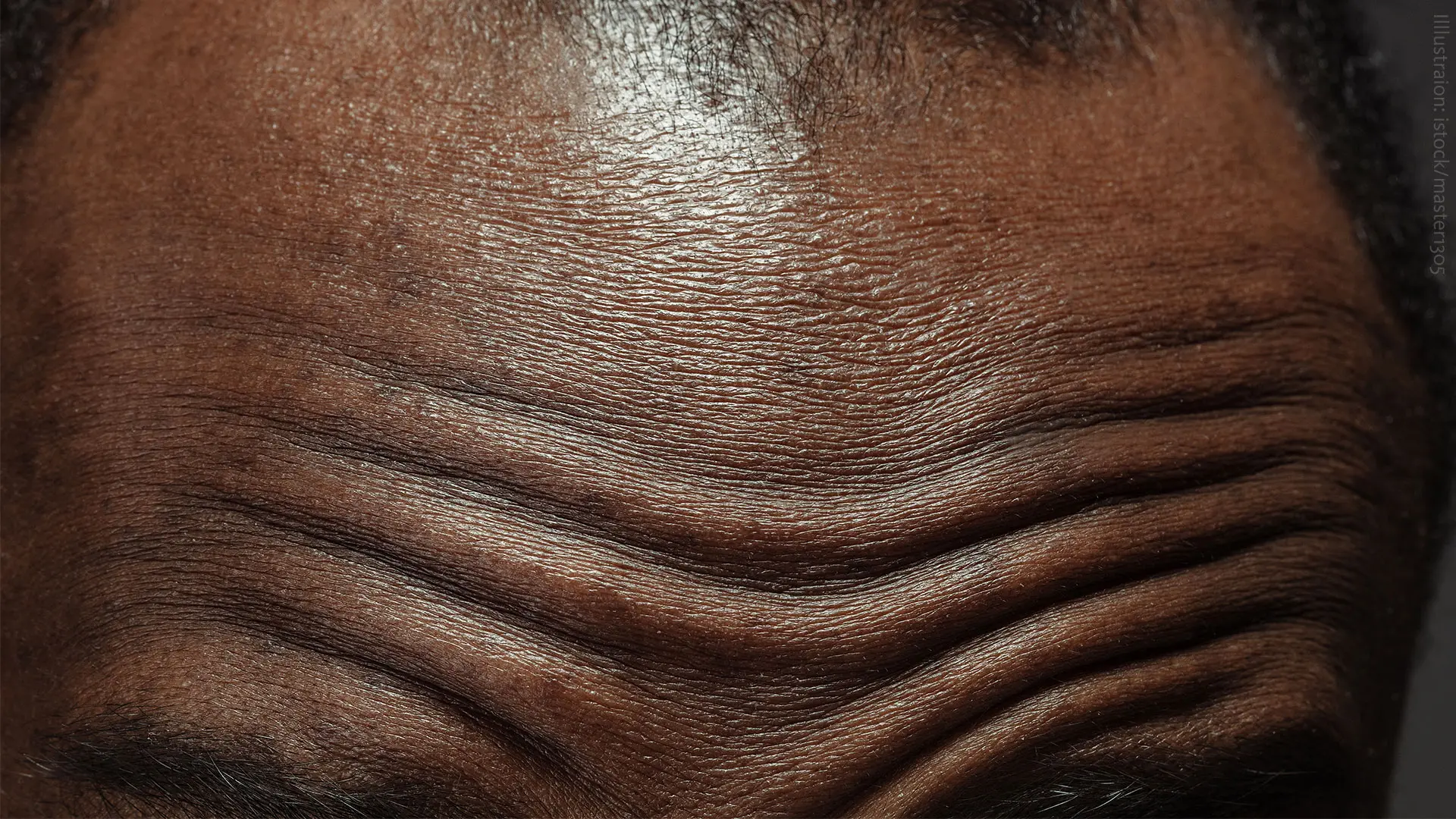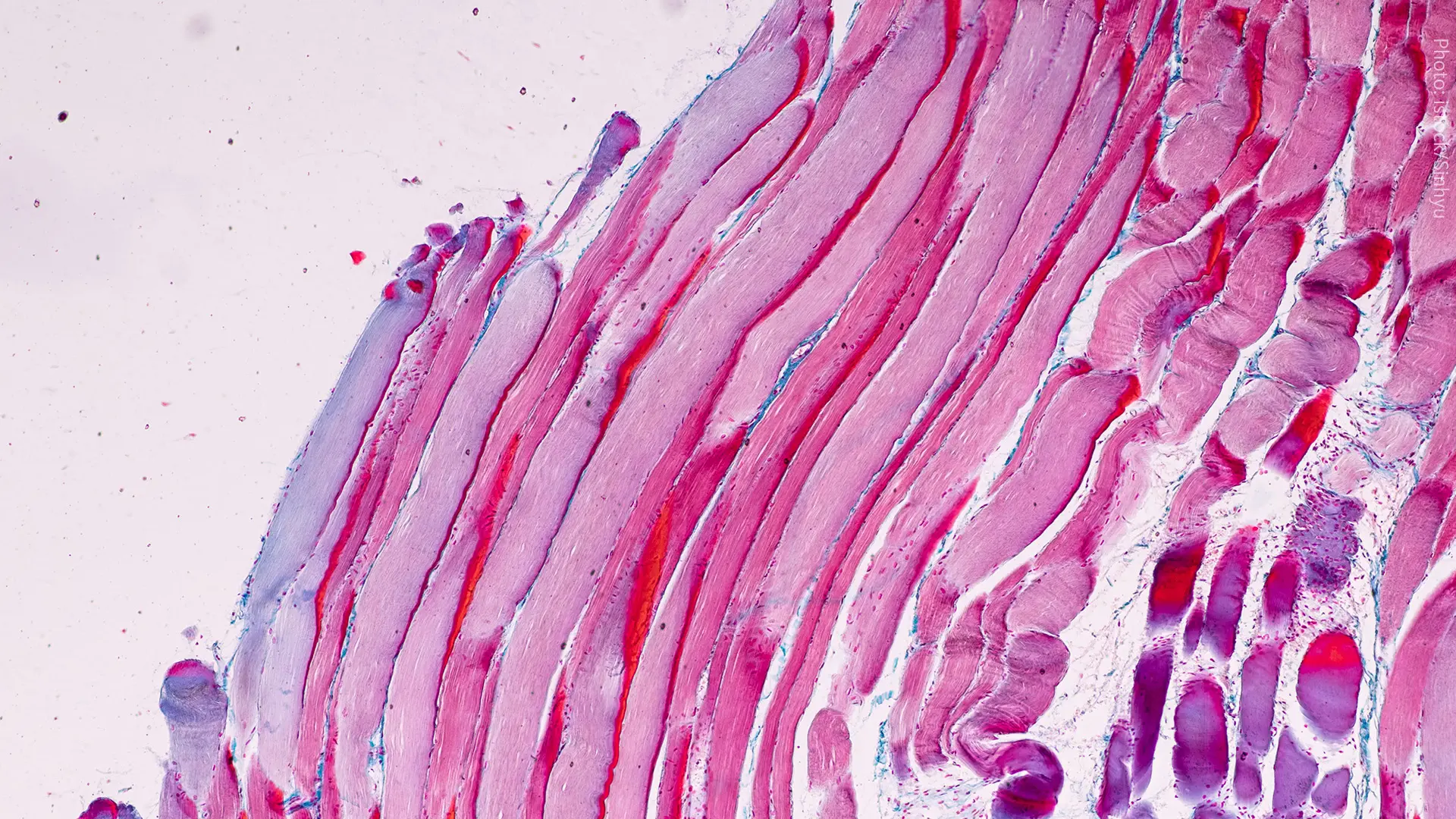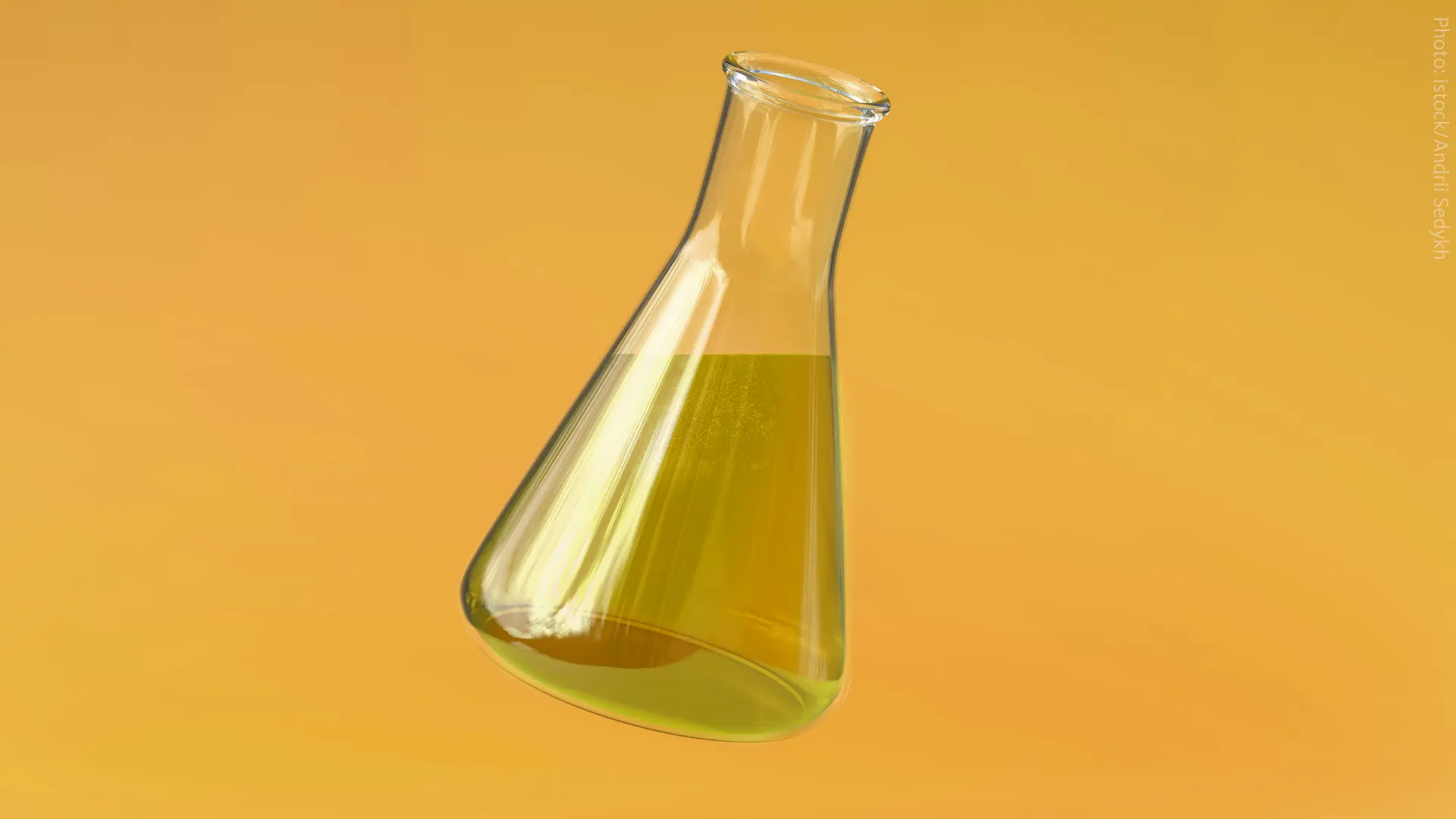Articles & Webinars
A cell contains thousands of lipids. Lipidomics reports the precise lipid composition of a sample to fuel research and progress in all biology related fields.
-
 Article
ArticleLipidomics helps researchers cover aspects from fundamental processes to applications to disease development and treatment.
-
 Article
ArticleLipidomics helps researchers cover aspects from fundamental processes to applications to disease development and treatment.
-
 Article
ArticleKnowledge about statistical and data analysis methods tailored for lipid data is key to successful lipidomics studies.
-
 Article
ArticleCardiovascular diseases are linked to changes in lipid metabolism. Lipidomics helps assess cardiovascular disease risk.
-
 Article
ArticleSkin health and disease is closely related to lipid composition and function in different skin structures.
-
 Article
ArticleFailure of regeneration capacity limits the restoration of nervous system functionality in demyelinating diseases.
-
 Article
ArticleThe plasma membrane is the interface between a cell and its environment. Its processing tasks must be tightly regulated.
-
 Article
ArticleDysmetabolism is rapidly spreading worldwide, giving rise to obesity and other diseases. Yet, there is no diagnostic test.
-
 Article
ArticleDirect analysis of tissue biopsies could be in a better position to elucidate pathophysiological mechanisms than liquid biopsies.
-
 Article
ArticleYeast is a powerful model system for cell and molecular biology research. What should be considered when conducting yeast lipidomics?
-
 Article
ArticleThe amount and complexity of lipidomics data sets can be intimidating initially – but this does not need to be the case.
-
 Article
ArticleCohort studies frequently rely on omics technologies but benefit only if the data are of high quality and reproducible.
Happy Researchers, Happy Life!
But they can tell you more. Access the Lipidomics Resource Center to study all publications with Lipotype technology.